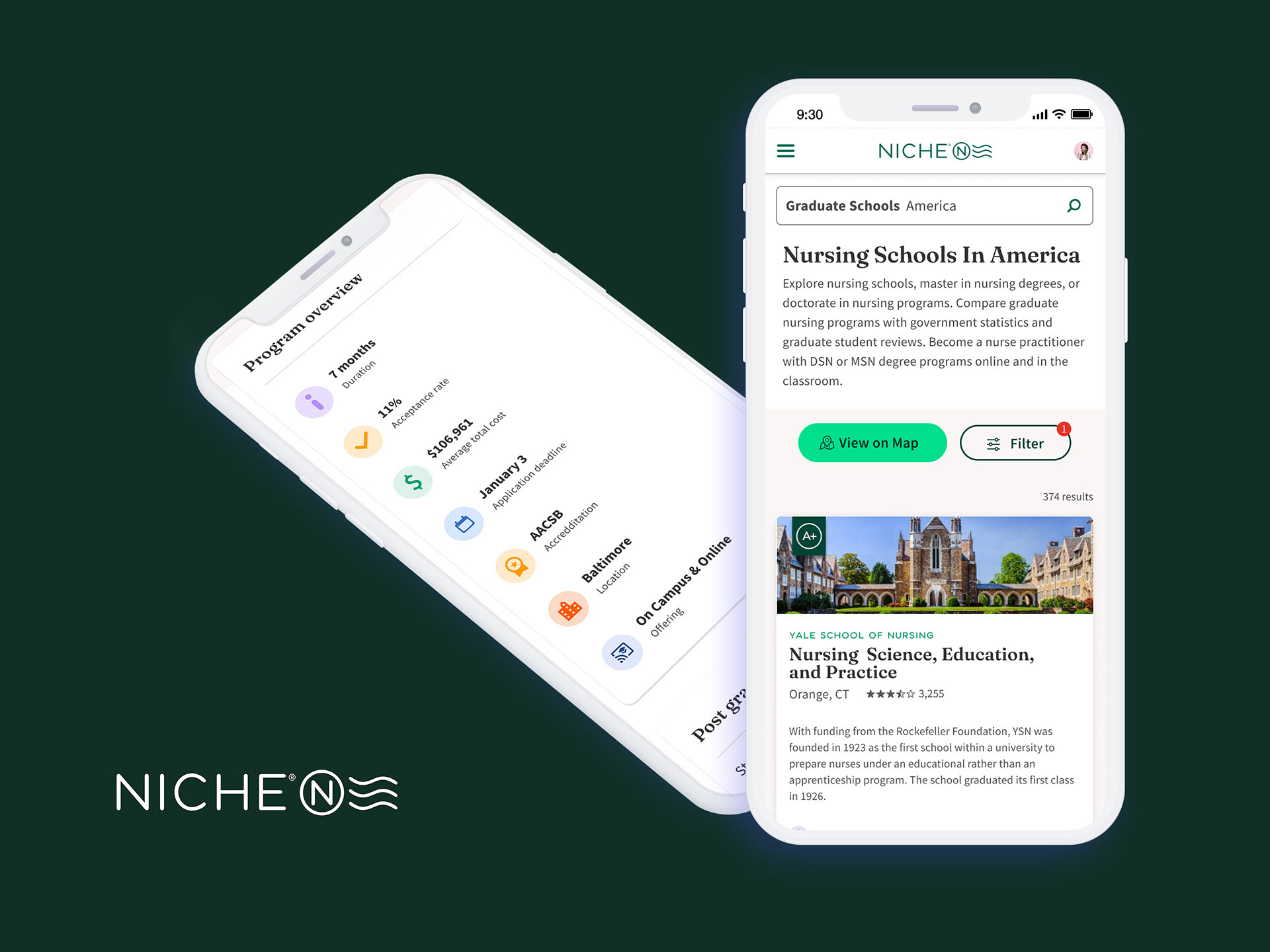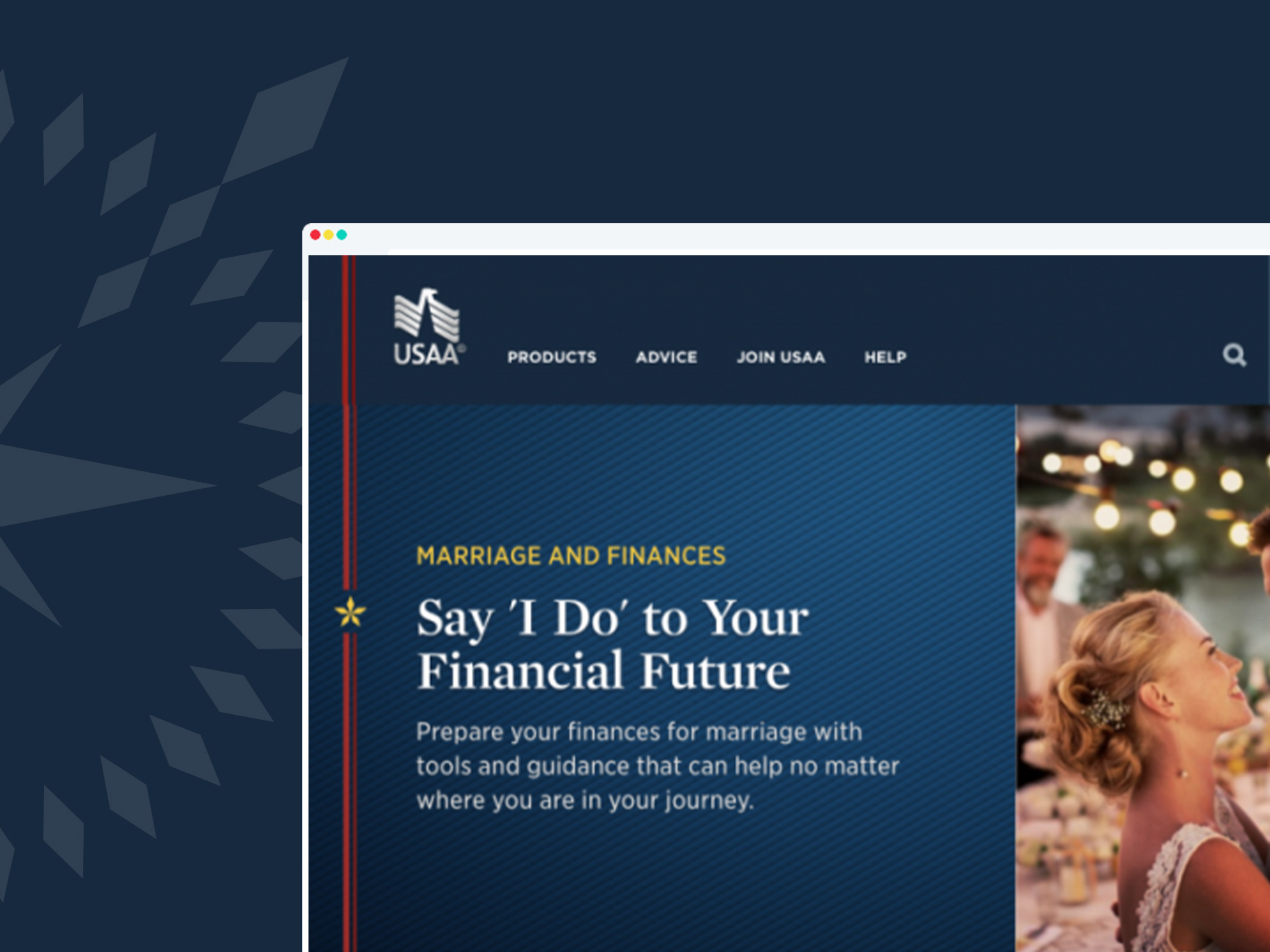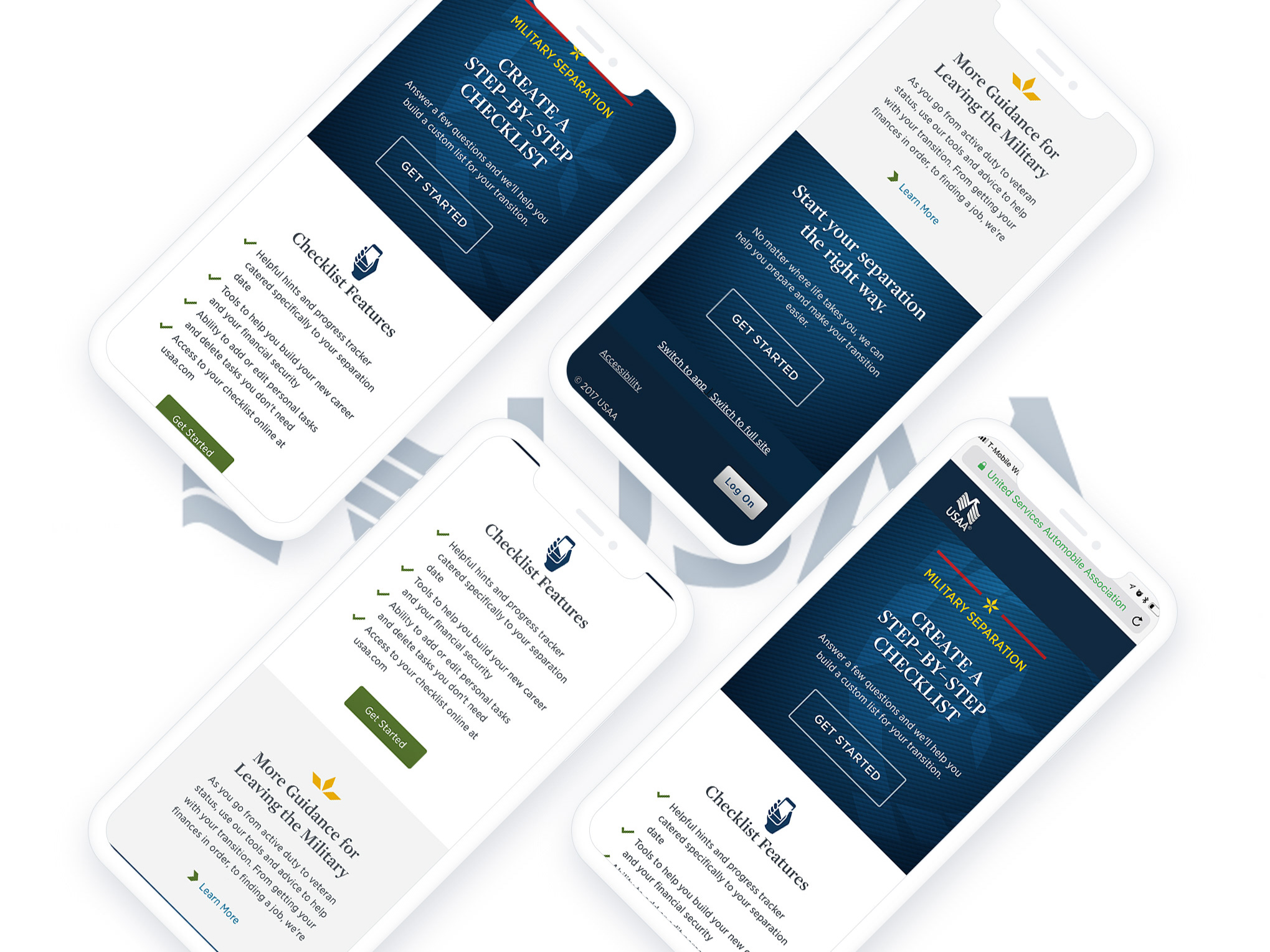Helping Customers Through Conversation
Company: Fifth Third Bancorp
Sector: Finance
Role: Research to conception, visualization, and testing
The Opportunity
Creating a new mobile banking app for Fifth Third Bank customers includes a host of new Messaging backend services and capabilities, allowing the Consumer Design team to reinvent how Fifth Third communicates with its customers.
The challenge is to analyze and condense a scattered communication ecosystem of actionable alerts, informational notifications, chat messages, and inbox messaging into one central experience.
A traditional brick-and-mortar bank, Fifth Third has long relied on in-person banker-to-customer interactions to build relationships. How might we bring that relationship into the digital space? Enter Jeanie, Fifth Third's new digital agent powered by Natural Language Understanding.
Positioning Jeanie as the digital surrogate for the traditional banker-to-customer relationship will allow Fifth Third to give tailored guidance and share empathy with Natalie, Fifth Third Bank's Seeker persona when she needs it most along her digital path to being financially capable.
Discovery
Stakeholder Interviews
We prepared to set the vision for how we might move forward with creating a new mobile app. We wanted to get a good grasp on what our leaderships goals were. We spent a week interviewing key stakeholders to understand their vision for the bank's digital consumer space. We interviewed over 11 stakeholders in total, ending up with 13 common insights. There was one thing we kept hearing repeatedly, and that was:
"How might we position our self to be the best relationship bank?"
Secondary Research
To better understand human relationship development, we set out to study the psychology of human-to-human relationships. We wanted to understand some key pieces of human relationships.
1. How do human-to-human relationships develop and deepen over time?
2. Is it possible for users to form a connection with a digital artifact?
3. How can artificial intelligence play into the idea of a relationship?
We uncovered some particular behaviors and tendencies: Conversational turn-taking, memorable messages, compliments, intent, regrettable messages. We also learned what could cause a relationship to fall apart.
We also understood that relationships have different phases: Introduction, First Impressions, Attachment, Commitment, and Bonding.
User Interviews
In December 2020, the Consumer Digital Product Design team led a user interview and co-creation session with 12 seeker persona users to better understand how they think, feel, interpret, and struggle to understand their money. The session surfaced two key user desires that relate directly to designing better communication and education:
"Our users want advice to be tailored, proactive, and available 24/7."
The business goal to reduce customer care agent dependency aligned nicely with the user's banking needs with the greatest flexibility in time and location. The co-creation session validated the need for investment in an artificial intelligence agent, Jeanie.
Competitive Analysis
Once we understood how users interact with chatbots and different forms of artificial intelligence, we began to study competitors within our industry and outside of our industry. We used these competitors to benchmark good and bad in this space.
Define
Journey Map
As we began to progress forward, we had collected a list of jobs to be done within the bank. Utilizing our previous research, we wanted to document those jobs within the different phases of a relationship. Doing this would allow us to think through how we were interacting with our customers in each phase. Each phase of the relationship has different nuances, and we wanted to be cognitive to that. For example, first impressions are everything, so how can we ensure we lead with our best foot forward.
The architecture of the Consumer Mobile App to each phase of a relationship and have noted milestones that indicate a user passing from one phase to the next. This research helped me to answer how human relationships develop and deepen over time in order to use those insights when advocating for design strategies with Partners.
Conversational Design Principles
Once we had documented a journey map, we want to create some guiding principles that would help guide us in our design exploration. We started to analyze how close friends converse, documenting key observations. By doing this, we were then able to translate these observations into the following guiding principles.
Experience Architecture
We needed to expand our current consumer mobile app architecture to incorporate a new ecosystem for communication. The total of communicative interactions, no matter their size or whether the nature was positive or negative, add up to affect a relationship’s depth. Communication between Fifth Third and its customers is no different.
We wanted to create an experience that felt as though the user had a digital, surrogate banker. This meant we would need a conversational design to be at the center of each opportunity. The conversational design would become the center of alerts and notifications. It would also be present throughout the immense app experience by providing in-context insights and guidance.
Design
Designing for Conversation
Looking back to the previous research based on human-to-human communication, We led the team in applying the Principles of Designing for Communication to explore new variations of our in-progress design system that would bring those principles to life via unique interaction patterns and components.
We led the team through a 2-hour design session, exploring how to apply our principles of conversational design to interaction patterns. I gave the team time to concept around two prompts, using out-of-industry brands to help break mental fixedness around how a traditional financial institution presents itself to users.
Refining Conversational Design Patterns
After conducting our ideation session, we started to think about the different ways a user may interact with someone in a chat transaction. We began to standardize components and patterns for our conversation designs. Once we felt as though we had a good bit of options put together, we broke them down into smaller pieces like a puzzle.
We then brought the design team to stress test the variations and their application in close-world AI assistant flows focused on retail product selection. This stress test helped refine our component interaction patterns and UI and identify additional areas for improvement, namely how to provide confirmation when a User has created a selection without defaulting to a “submit” option, which breaks the conversational feel.
Initial High Fidelity Concepts
Following our refinement session, we explored applying the refined design system components to real needs within the Consumer Mobile Banking app where our AI assistant would be most valuable in providing guidance: Opening a bank account, handling an actionable alert, and a User’s first-time login experience.
Usability Testing
A high-fidelity prototype of our updated messaging platform was tested with 21 Participants. All Participants were banking customers who regularly use digital banking platforms. Participants spread across Fifth Third’s five persona types for a comprehensive view of all customers. The test used a combination of interview questions and usability tests (time on task, pass/fail, first click) to reach our learning objectives. As a moderated test, we passed keyboard and mouse control to our participants and used a think-aloud protocol and observation.
Learning Objectives:
•Understand User mental models, fixedness, and perceptions of interacting with and the value of an AI assistant vs. human assistant.
• Understand expectations on when a User would prefer to transition from the AI assistant to a human assistant.
• Understand how to bring delight into the transition from AI assistant to human vs. frustration
Users were given two tasks, which would require a transfer from our AI assistant to a customer support agent. One task would require Participants to immediately enter a queue and wait for a currently online support agent. The second task would give Participants the option of entering a queue for the next business day since support agents were offline.
Key Findings:
• If the AI assistant is capable, Participants prefer working with AI versus a human because there is no need for general pleasantries. The AI assistant is instant due to not splitting their time across multiple users as a customer service agent would be.
•When interacting with the AI assistant, Participants prefer a negative outcome to an inconvenient outcome.
•Participants are comfortable with an AI assistant can playing many roles: receptionist, digital agent, personal assistant, and advisor.
• Despite being familiar with asynchronous messaging in social media and text messaging applications, their mental model of functional expectations breaks down when applied to Fifth Third’s platform.
• Over-reliance on menu options for selection gave Participants the perception that the AI assistant was not smart enough to help. Conversely, Participants perceive natural language understanding as a sign of greater AI intelligence.
• When being transferred from the AI assistant to a customer support agent, participants' frustration increased. Participants felt their time with the AI assistant may have been wasted and were frustrated at having to then wait for a human assistant. The moment of transition needs to be clear, quick, and set the proper expectations.
• In general, participants appreciated the AI assistant having a friendly personality. For those who were less trusting of the technology, varying the AI assistant’s tone to match the criticality of a situation may help build User trust.
Overall, Participants are open to interacting with an AI assistant, and many prefer it to a human assistant.






